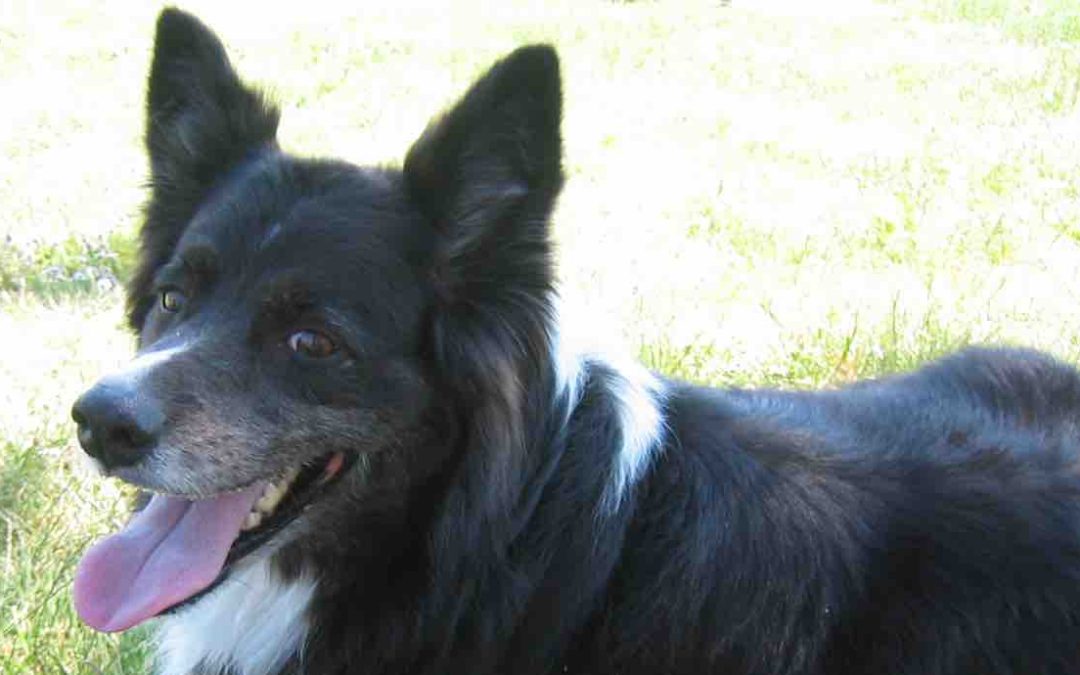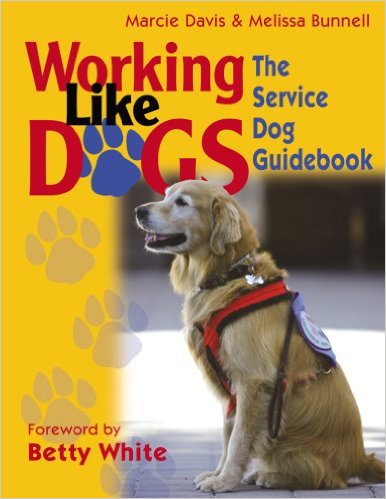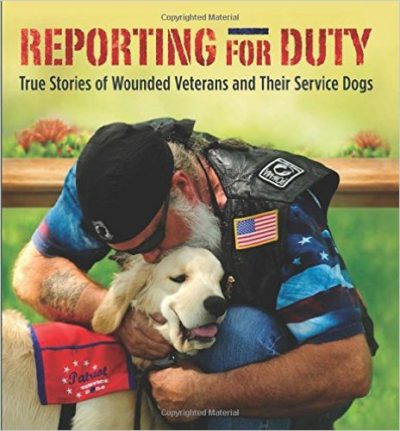I recently had the pleasure of attending the Courthouse Dogs Foundation Conference in Seattle, Washington. Dr. James Ha (drjimha.com); renowned animal behaviorist, researcher and a previous guest of mine on Working Like Dogs on Pet Life Radio; offered a workshop on Canine Stress Identification and Prevention. As a dog handler partnered with an assistance dog for over 25 years, I immediately signed up for his workshop.
The number of people partnered with assistance dogs and therapy dogs is increasing, and not all of these dogs are receiving training through traditional training organizations. No matter how the dog was trained, it is imperative that dog handlers are made aware of dog stress and how to recognize the signs.
Dr. Ha pointed out that each dog has multiple stressors. Occasional stress in dogs can be beneficial. However, chronic, ongoing stress is connected to a dog’s health and overall well-being. Dr. Ha declares that chronic stress leads to anxiety, and anxiety ultimately jeopardizes and impedes a working dog’s ability to perform.
Dr. Ha indicated that increases in the stress hormone cortisol can have a negative impact on a dog’s body tissues by elevating their heart rate, suppressing insulin levels, increasing respiration, enhancing blood coagulation, etc.
Becoming aware of your dog’s stress raises the following questions:
- As handlers, how can we detect stress, anxiety, and perhaps even aggression?
- What are our dogs telling us?
- Can we alter or adapt our dog’s environment
Dr. Ha insists that we need to identify stress in our dogs based on what our dogs are communicating and the best way to detect stress is through a dog’s body language. Dr. Ha provided this helpful chart based on a dog’s posture, eyes, ears, tail and mouth:
*************Playful Anxious Aggressive
Posture Bowing Crouching Weight Forward
Eyes Direct Averted Direct
Ears Relaxed Back Forward
Tail Moving Down Up
Mouth Open Retracted horizontally Retracted vertically
Hackles Relaxed Flat Raised
Vocalization Barking Whining Growling
Furthermore, Dr. Ha identified additional signs of stress such as sweaty paws, dilated pupils, shaking, yawning and scratching, and licking lips among others.
Dr. Ha refers to this communication path as the “Handler Dog Feedback Loop,” which he defines as the “Handler sends signals (communication) and consequences (rewards) to the dog, and the dog responds with signals and consequences itself.”
Dr. Ha said there were several ways a handler can treat stressors in our dogs:
- Management – Removing anxiety inducing triggers
- Behavioral Modification – Mostly counter-conditioning (teaching a non-anxious response), associating a scary trigger with treats
- Medication – utilizing anxiety reducing drugs with veterinarian supervision
I have certainly witnessed stressful behaviors in my assistance dogs. As a handler, I strive to be acutely aware of their mental and physical states and have conditioned myself to notice their mental and behavioral cues. For example, when Lovey is getting stressed she begins to stand and shake or she will scratch, yawn or lick. My antennas perk up whenever I notice her exhibiting one or more of these behaviors. I immediately check in with myself regarding the following:
(1) the type of environment we are in,
(2) the kind of tasks I am asking her to perform,
(3) when was her last bathroom break,
(4) are there other dogs in the vicinity or other distractions,
(5) how much longer we need to be in this environment.
There may be other questions that I can ask myself in order to reduce and alleviate her stress depending on the particular situation.
Whistle, on the other hand, is a high-spirited dog. He had a negative experience during our first trip on an airplane. His anxiety level was so great that I had to work with a trainer to slowly repair and rebuild his response to this negative experience through behavioral modification. We began a tedious, time-intensive training process that began by just driving by the airport, then parking in the lot, on to walking around the airport and eventually boarding a plane for a short 40 minute flight with his trainer. Thankfully this investment worked and he was able to fly again. However, as he aged, I was aware that his anxiety level was increasing whenever we flew. I consulted his veterinarian and we turned to anxiety reducing medication for each flight. As he neared retirement age, I stopped flying with him altogether because it was simply too stressful. I also learned, through working with my veterinarian, that Whistle had developed a thyroid issue that contributed to his anxiety and nervousness levels.
As dog handlers, we must be aware of our dog’s strengths and weaknesses. We cannot pressure our dogs to push through a stressful situation. We must monitor their health and support our dogs, even if that means they cannot perform a much-needed task.
One of the biggest takeaways I received from Dr. Ha’s presentation was his emphasis that as handlers, we must allow our dogs to have some control of their social environment. It is vital that they have this opportunity for their overall health and wellness.
If you’d like to hear and learn more from Dr. Ha, tune in to Episode 157 on Working Like Dogs on Pet Life Radio as Lovey and I welcome him back to the show to talk about canine stress and his new book, Dog Behavior: Modern Science and Our Canine Behaviors. I have already pre-ordered my copy!






